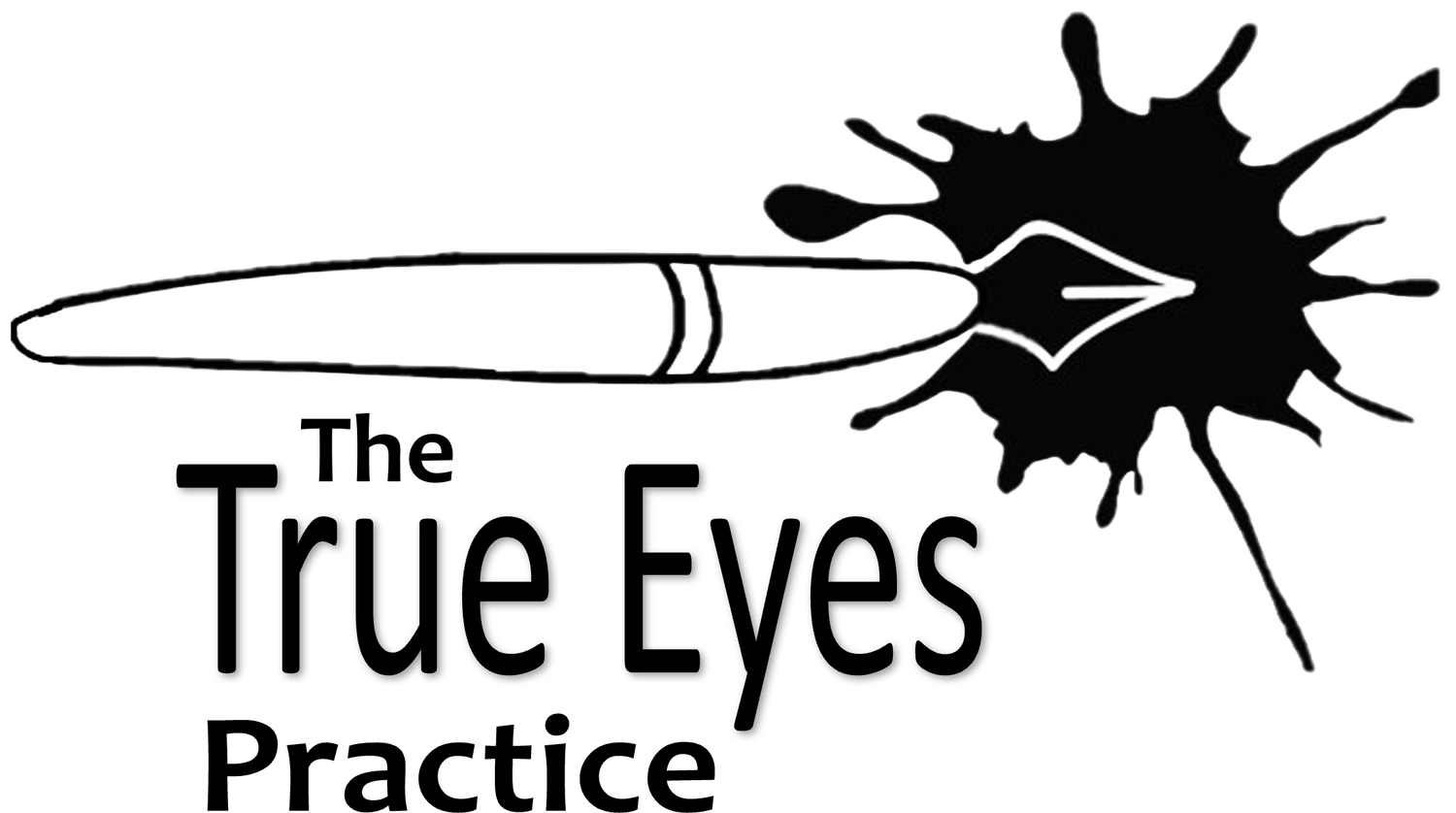Maintaining Balance Between Your Day Job and Your Creativity
I do Morning Pages most mornings: three pages written in longhand, in a notebook.
Last week as I was contemplating what to write about, the answer flowed out the end of my pen.
I needed to write about creative ways to make day jobs from your art, and how doing that might become an integral part of your creative practice. Keeping a balance between day jobs and creativity is tricky business.
One of my day jobs (I have a couple), is to be a mindful steward of my own money. This means investing it consciously, setting up a plan to spend it (I rarely use the word ‘budget’ because it smacks of deprivation, and beans for every meal), then tracking my results and adjusting accordingly.
On the surface, this day job looks miles away from writing, my creative practice.
But it isn’t. Because some of my writing is about money and our relationship with it as creative people, I can’t write about money unless I’m engaged with it. I have to directly experience my unique brand of insanity, shame, euphoria, joy, gratitude and growth with money to be able to write about it authentically, let alone help other people make peaceful relationships with it.
So how do artists create balance between day jobs and creativity?
Here’s an example of an artist who is using her creativity in her day job.
Kathryn Mitchell is a storyteller. She works with politicians, business people and other creatives, to get their stories about what they’re up to, into the world. She’s brilliant at listening to people ramble about what they do, what change they want to make in the world, and distilling the facts into a compelling narrative that will resonate with and motivate their audience. As you know, every revolution starts with a powerful story.
This process takes time. While she works with these clients, she funds her art by making short videos about large artwork, so the maker can market the art easily, clearly and to the right people, which makes it sell faster.
Her day job is about money and selling. That doesn’t mean it isn’t creative.
It is, of course.
It also informs her creative practice. Each time she has to tell the story of the work quickly, visually, and in a way that attracts the right people, people who want this art. Great training for telling longer stories that hold audience attention.
Shameless plug for the next session of Making Peace with Money and Marketing. We do this work as part of the class.
I’ll be posting more day job stories here. (And, here's another article about keeping a balance between day jobs and creativity). In the meantime, if you need a day job, is there a way you could create one for yourself that actually enriches your creative practice? I’d love to hear.
